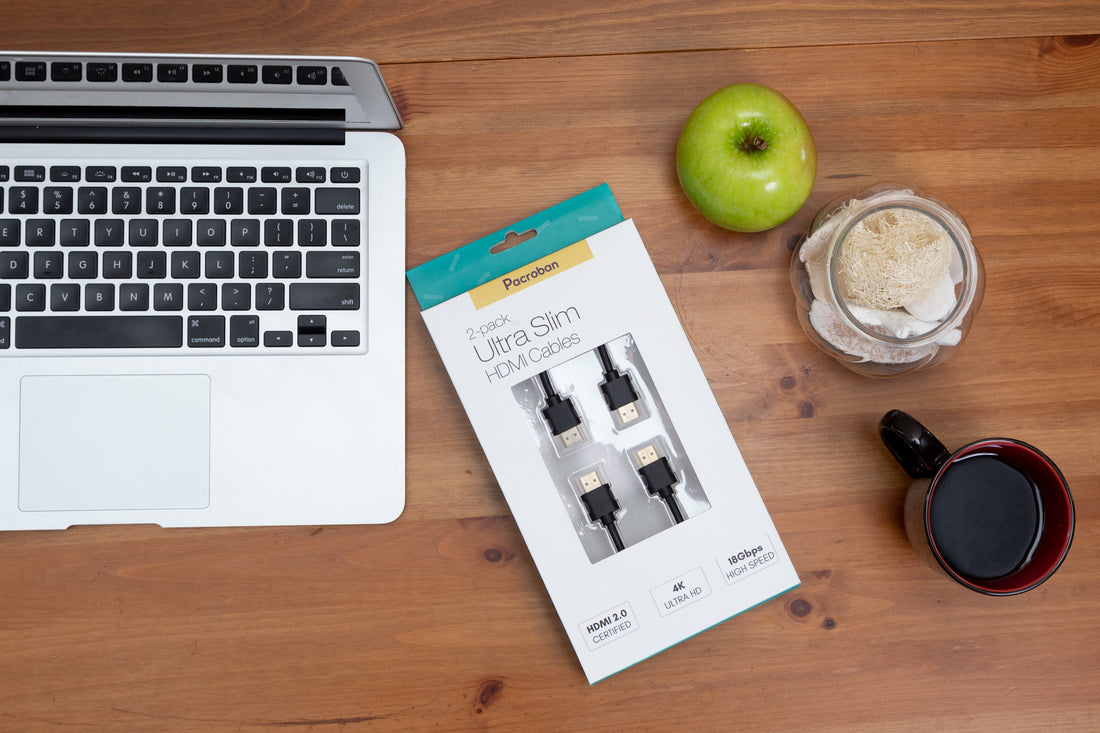Short answer is: not necessarily.
Picture Quality: A Digital Dilemma
HDMI signals are transmitted digitally, meaning they consist of a series of binary digits (0s and 1s) that represent the audio and video information. Unlike analog signals, which are susceptible to noise and interference, digital signals are either transmitted correctly or not at all.
In this context, the picture quality delivered by an HDMI cable hinges on its ability to transmit the digital signal without errors. As long as the cable meets the minimum bandwidth requirements for the desired resolution (e.g., 1080p, 4K), the picture quality will remain the same, regardless of whether the cable is certified or not.
Certified Cables: Peace of Mind and Durability

While certified HDMI cables may not directly enhance picture quality, they offer several advantages that justify their slightly higher cost.
-
Guaranteed Compliance: Certified cables undergo rigorous testing to ensure they meet HDMI specifications, providing peace of mind that they will function as intended.
-
Durability: Certified cables often use higher-quality materials and construction, making them more durable and less prone to damage.
-
Future-Proofing: Certification ensures compatibility with future HDMI technologies, reducing the need for frequent cable replacements.
Non-Certified Cables: A Calculated Risk
Non-certified HDMI cables, while potentially less expensive, come with a degree of uncertainty. Without HDMI LA testing, there's no guarantee that these cables will meet the necessary performance standards. This could lead to signal degradation, interference, or even device compatibility issues.
In some cases, non-certified cables may work perfectly fine for basic HD content. However, for high-resolution content like 4K or 8K, the risk of signal problems increases. Moreover, non-certified cables may not last as long due to lower-quality materials.
Conclusion: Striking a Balance
The choice between certified and non-certified HDMI cables ultimately depends on individual needs and risk tolerance. For those seeking guaranteed performance, compatibility, and durability, certified cables are the prudent choice. However, for casual users with basic HD content needs, non-certified cables may suffice, albeit with a caveat of potential issues.

